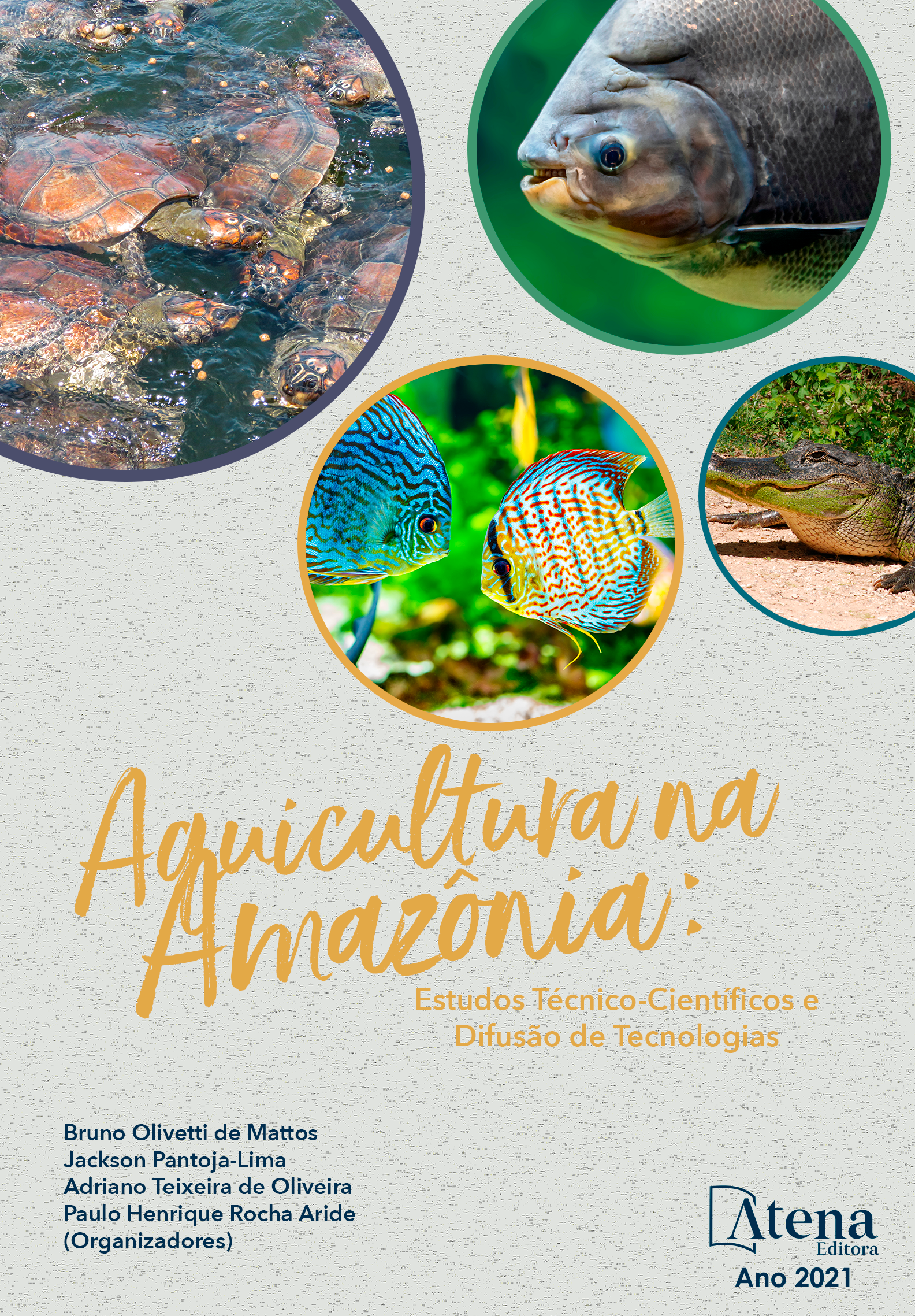
GRANDES PEIXES DA AMAZÔNIA: UM ESTUDO SOBRE A REPRODUÇÃO DAS ESPÉCIES DE GRANDE PORTE COM POTENCIAL PARA AQUICULTURA
O bioma Amazônico possui peixes de grande porte com potencial para piscicultura, como: pirarucu Arapaima gigas, piraíba Brachyplatystoma filamentosum, jaú Zungaro zungaro e pirarara Phractocephalus hemioliopterus. Entretanto, a falta de conhecimento sobre a biologia reprodutiva limita o desenvolvimento e aplicação de tecnologias para a produção de formas jovens. O estado da arte sobre os principais tópicos em reprodução para essas quatro espécies foi pesquisado. O pirarucu apresenta a maior disponibilidade de informações, embora ainda existam lacunas temáticas e tecnológicas. Para as demais espécies, existem relatos sobre hábitos migratórios associados à reprodução. Estudos mostraram que seus períodos reprodutivos estão associados aos ritmos de cheias dos rios, sendo o pirarucu a única espécie com informações sobre o período reprodutivo em cativeiro. As quatro espécies apresentam dados sobre primeira maturação gonadal na natureza, mas dados sobre desenvolvimento gonadal e comportamento reprodutivo são incompletos para a piraíba, a pirarara e jaú, se comparados ao pirarucu. Existem estudos sobre diversidade genética e estrutura populacional para populações de pirarucu das diversas bacias onde a espécie ocorre, dados limitados para a piraíba e uma lacuna de informações para as demais espécies. Todas têm seus cariótipos (2n=56) caracterizados, sem dimorfismos sexuais evidentes. Existem marcadores moleculares identificados para pirarucu, pirarara e jaú, entretanto apenas o genoma do pirarucu está sequenciado. Informações sobre métodos de obtenção de formas jovens em cativeiro são escassas para todas as espécies. Para o pirarucu existem ferramentas para identificação sexual e avaliação da maturação gonadal de fêmeas, além de protocolos de reprodução a serem otimizados. Não existem protocolos ou estudos sobre a conservação de gametas e embriões para nenhuma das espécies revisadas. Este estudo oferece um panorama sobre o conhecimento existente na biologia reprodutiva destas espécies e sobre o nível tecnológico disponível para sua propagação em cativeiro, facilitando o direcionamento de novas rotas de pesquisa.
GRANDES PEIXES DA AMAZÔNIA: UM ESTUDO SOBRE A REPRODUÇÃO DAS ESPÉCIES DE GRANDE PORTE COM POTENCIAL PARA AQUICULTURA
-
DOI: 10.22533/at.ed.04221150316
-
Palavras-chave: Jaú, piraíba, pirarara, pirarucu
-
Keywords: Jaú, piraíba, pirarara, pirarucu
-
Abstract:
The Amazon biome has large-sized fishes with potential for pisciculture, such as: pirarucu Arapaima gigas, piraíba Brachyplatystoma filamentosum, jaú Zungaro zungaro and pirarara Phractocephalus hemioliopterus. However, lack of knowledge on their reproductive biology limits the development and application of technologies for seed production. The state of the art on the main breeding topics for these species have been researched. Pirarucu has a higher availability of literature, although thematic and technological gaps remain. For the other species, there are reports on migratory habits associated with reproduction. Studies have shown that their reproductive periods are associated with the rhythms of river floods, with the pirarucu being the only species having this information for captive populations. There is information on the first gonadal maturation in nature for the four species, but data on gonadal development and reproductive behaviour is incomplete for piraíba, pirarara and jaú, if compared to pirarucu. There are studies on genetic diversity and population structure for pirarucu populations in the different basins where it occurs, limited data for the piraíba and a gap of information for the other species. All of them have their karyotypes (2n = 56) characterized, without evident sexual dimorphisms. There are molecular markers identified for pirarucu, pirarara and jaú, however only the pirarucu genome has been sequenced. Information on methods for obtaining young forms in captivity is scarce for all species. For pirarucu there are tools for sexual identification and evaluation of gonadal maturity in females, and its reproduction protocols needs optimization. There are no protocols or studies on the conservation of gametes and embryos for any of the reviewed species. This study provides an overview of the existing knowledge in the reproductive biology of these species and the technological level available for their propagation in captivity, facilitating the direction of new research routes.
-
Número de páginas: 24
- Lucas Simon Torati
- Júlia Trugilio Lopes
- Jhon Edison Jimenez-Rojas
- Bruno Olivetti de Mattos


